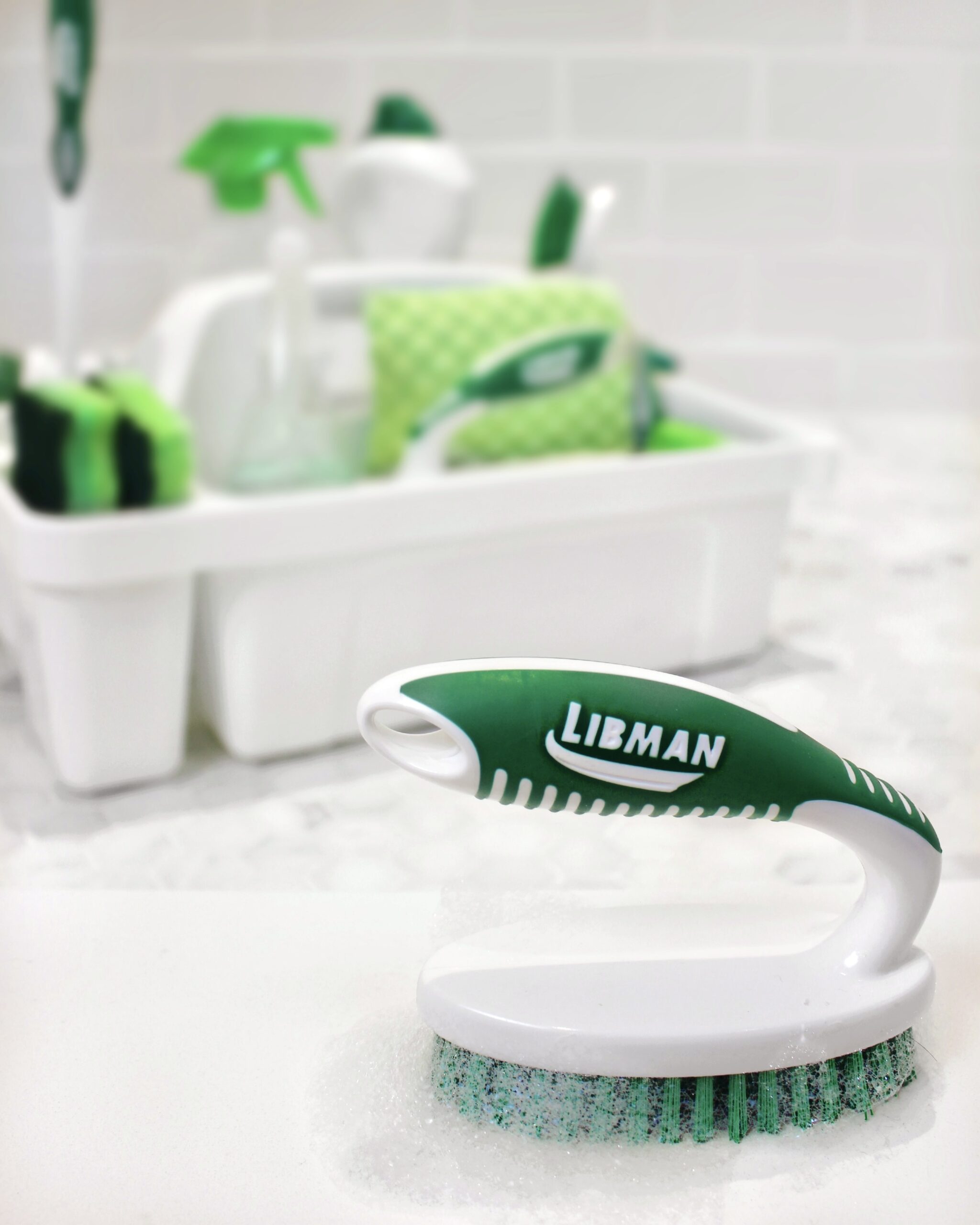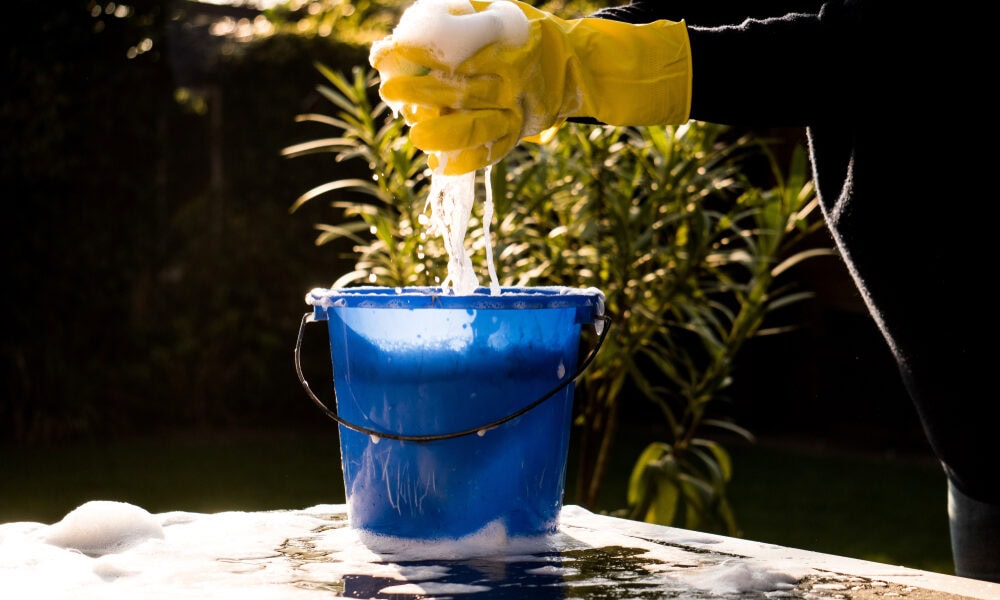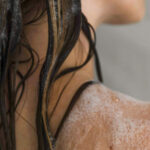Have you washed your broom lately? If the answer is no, your household hygiene may not be all you want. Brooms, brushes, sponges-they all collect bacteria and materials that can turn into bacteria. Things you don’t want to have in your space, and which you probably don’t want to breathe. Cleaning them is a way to get rid of all the nasty bits. Besides, washing a broom is oddly satisfying. Well, for brush nerds like me, it is.
Some suggest brooms should be washed once a month; my rule is to do them at the turn of each season-and anytime in between when needed because of what they’ve cleaned up. You do you. Either way, it’s a very straightforward process.
How to wash a broom
Pull visible debris out of the broom head and give it a good shake-outside, if possible.
Add a few drops of gentle dish soap or flakes* to tepid water in a bucket.
Pop the broom in the water and swish it a few times. Use a smaller brush or old comb to pull the suds from the top of the broom head down.
Rinse the broom head until water runs clear.
Gently dry with a soft cloth and air dry-broom head up.
*There are so many sustainable cleaning lines available now. I like Attitude Living, one of several new players in the Canadian market.
Brush work for beginners
I’m known for having an extensive collection of brooms, scrubbers, and brushes. It’s grown over the years as I realized that they allowed me to clean better, and with fewer store-bought or chemical-laden cleaners. TBH, I did not really think much about brushes until I spent a fascinating hour with the product design team of Libman, a multi-generational family-owned company located outside of Chicago. It had never occurred to me that from the shape of the brush handle, to the material of the bristles, to the surface size of a scrubber, so much thought goes into the final product. From then on, I have been a true fan.
Cleaning kitchen tools

Brushes used in the kitchen need special attention because of the likelihood of food waste getting into them. As part of regular household cleaning, swish them in a jar or mug with a 3-to-1 mix of water and vinegar, with a drop or two of mild dish soap. Let them sit for a few minutes (unless the handles are wooden). Remember to wash the handle of the brush after each use. Air dry before putting them back to work.
Wash the windows and let spring in
If it’s not a scientifically-proven fact that clean windows boost your mood, it should be. There’s nothing imo that more instantly raises a room. For tall windows, you need either extraordinary – possibly superhuman – arms and legs, or a good window cleaning pole. When you do have an efficient window cleaning tool, the job is a doddle. That’s why I treated myself to Libman’s telescoping window washer, which I’ll use in town on condo windows, and even more fun, at the cottage.

How do I organize all the brushes?
A caddy, silly. Or two.






